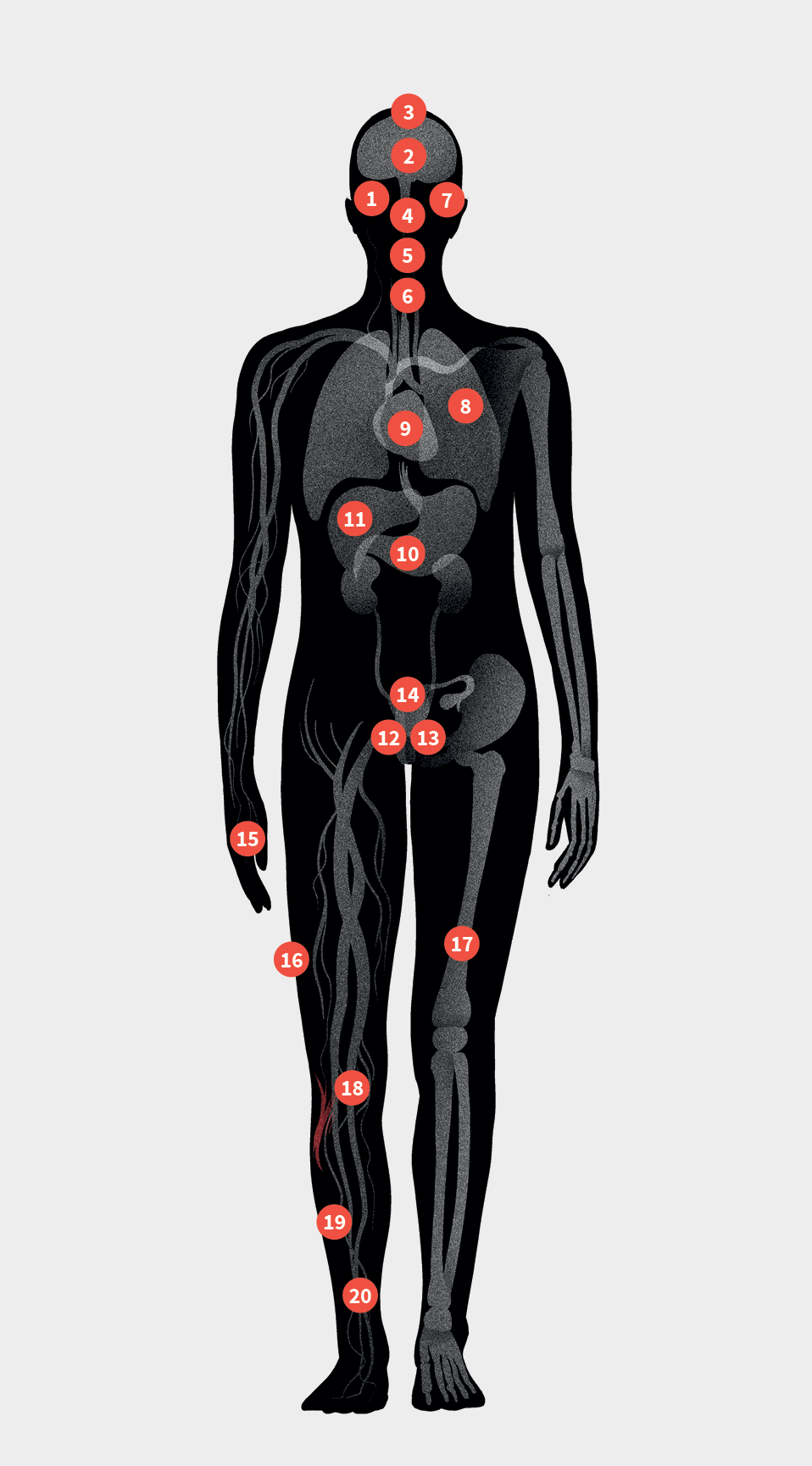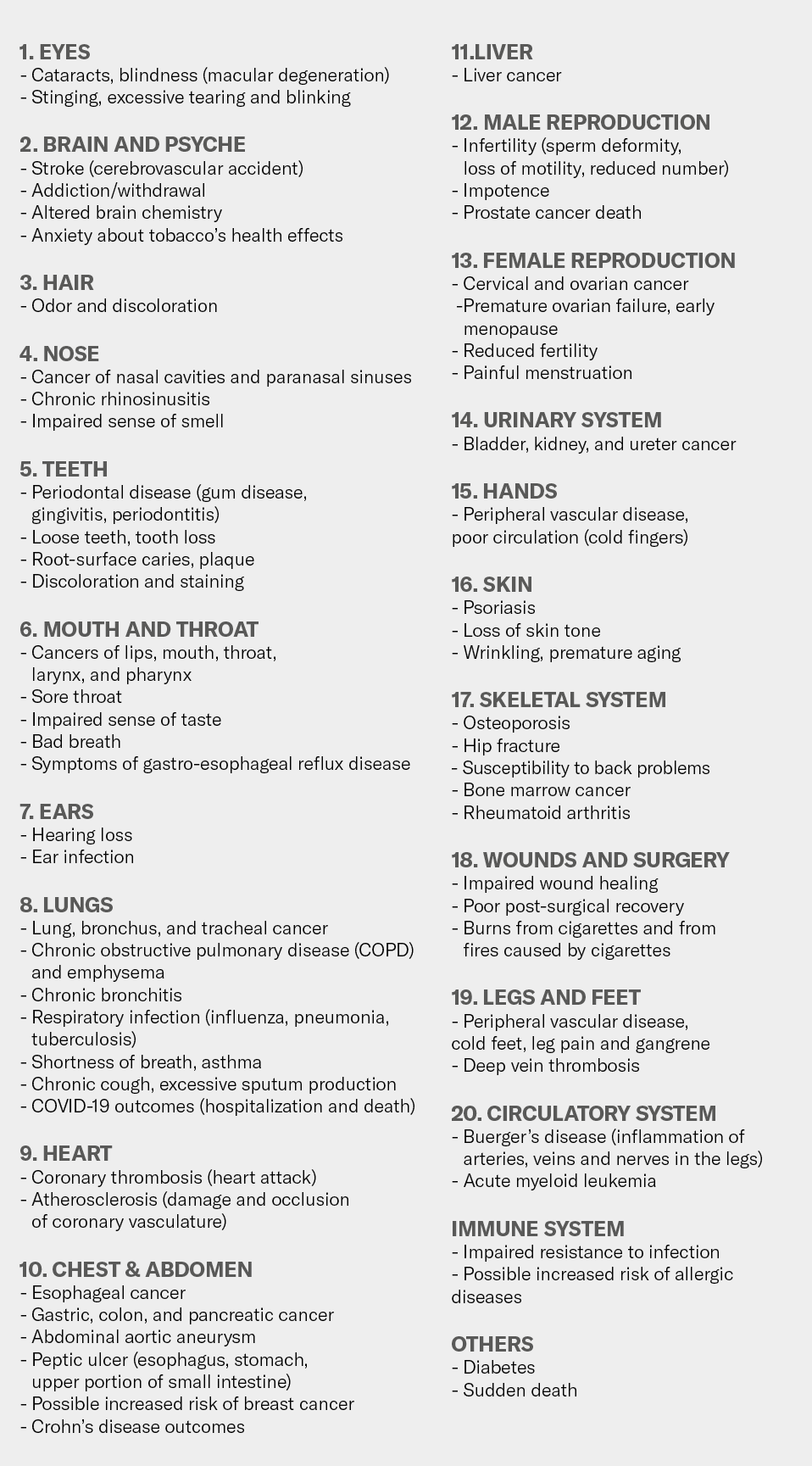Tobacco use is one of the most important preventable causes of premature death in the world. Across the globe, more than 8.7 million people per year die from tobacco use. Most of those deaths (7.4 million) are attributed to direct tobacco use, while the remaining more than 1.3 million are attributed to exposure to secondhand tobacco smoke. Around 80% of these deaths happen in low- and middle-income countries. In terms of regional disparities, almost 60% of tobacco-attributable deaths occur in the South-East Asia and Western Pacific regions. Limiting tobacco use is undoubtedly one of the most effective ways to save lives and improve overall well-being.
Smoking tobacco causes exposure to a lethal mixture of more than 7,000 toxic chemicals, including at least 70 known carcinogens that can damage nearly every organ system in the human body. Harms from tobacco begin before birth, as pregnant females who smoke give birth to infants at higher risk of congenital disorders, cancer, lung diseases, low birth weight, and sudden death. Newly identified risks from smoking include worse outcomes from COVID-19 (e.g., increased hospitalizations and probability of death) and increased risk of periodontal disease and gastro-esophageal reflux disease. The risk of death and disability from tobacco use rises with the number of cigarettes smoked, but damage is detectable if a person has smoked as few as 100 cigarettes in their lifetime. A regular lifelong smoker loses at least 10 years of life to tobacco on average. In addition, exposure to secondhand or environmental tobacco smoke—very often among children—is associated with increased risk of cancer and heart disease, among other deleterious health effects.






